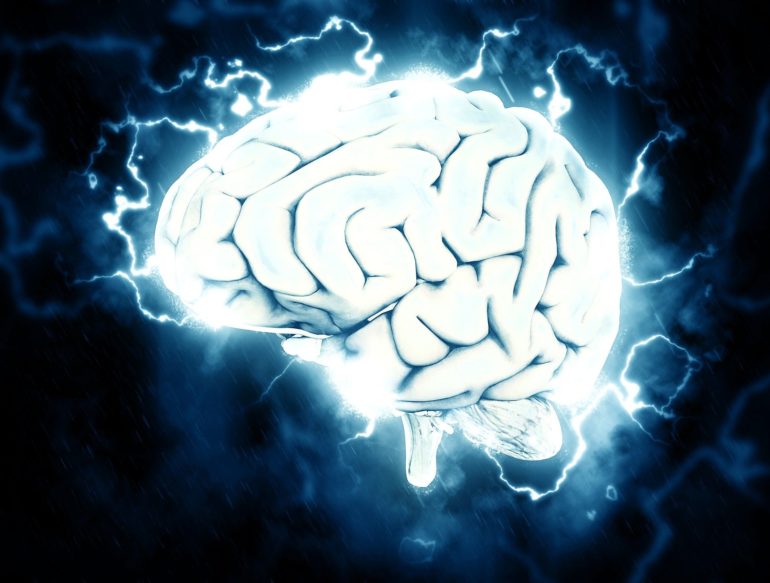Post-traumatic stress disorder (PTSD) and migraine often co-occur, but researchers knew relatively little about how or why this happens. A new study in Frontiers in Neuroscience is the first to investigate if the conditions have a common genetic basis. By studying identical twins, where one twin in each pair lives with PTSD or migraines and the other twin does not, the researchers found common genes that may play a role in both conditions. These genes may help to explain why the conditions co-occur, and could reveal new treatment targets for both.
PTSD is a psychiatric disorder that typically occurs after a traumatic experience, such as a life-threatening event. Most people will experience a traumatic event at some point in their lives, but the vast majority will not develop PTSD, so there is something special about those who do.
Identical twins can reveal epigenetic risk factors
Those who live with PTSD are also more likely to experience migraine headaches, suggesting common risk factors for these conditions. The synergy between PTSD and migraines is not understood as no studies have examined this link before. This latest study suggests that our genes may hold the answer, and specifically, epigenetic changes.
Epigenetics refers to the influence of our environment on how our genes are expressed, and typically involves biochemical modifications to DNA. Identical twins have exactly the same genes, but different experiences as they grow up may result in different epigenetic changes. This can mean that some genes are more or less likely to be expressed in each twin.
The researchers used this phenomenon in twins to see which genes show altered activity in PTSD and migraine and whether the conditions shared common changes. Six pairs of twins volunteered for the study, where both twins had experienced traumatic events, but only one of each pair lives with PTSD.
Given the low probability that all these conditions are met, the sample size could never be large. But because identical twins share all of their DNA—but not all of their epigenetic marks—the study is still powerful. The researchers also enrolled 15 pairs of twins where one of each pair experiences migraine headaches. The researchers took blood samples from the twins and analyzed them to detect epigenetic changes associated with PTSD or migraine.
Exciting findings
Excitingly, the study revealed that certain genes are similarly affected in PTSD and migraine, suggesting that they may share some risk factors.
“Our results suggest that common genes and signaling pathways are involved in PTSD and migraine and this might explain why PTSD and migraine can co-occur frequently,” explained Prof Divya Mehta of the Queensland University of Technology, senior author on the study. “This might further imply that common environmental risk factors for both PTSD and migraine might be acting on these genes.”
So, what do these findings mean for those living with PTSD and/or migraines? Well, the genes and epigenetic modifications the researchers identified could form the basis for new treatments. Epigenetic changes offer an excellent drug target, as they can often be reversed.
“These results may have implications for treatments, as one medicine or therapy might only be effective for a single disorder,” said Mehta. “For co-occurring disorders such as PTSD and migraine, once we know which common genes are implicated in both disorders, we can develop new therapeutics to target these, thereby reducing symptoms and curing both.”
Potential advancements in treatment of PTSD and PTSD-related cardiovascular disease
More information:
Using monozygotic twins to dissect common genes in posttraumatic stress disorder and migraine, Frontiers in Neuroscience (2021). DOI: 10.3389/fnins.2021.678350 , www.frontiersin.org/articles/1 … ins.2021.678350/full
Citation:
Twin study is first to reveal genetic risk factors for PTSD and migraine (2021, June 22)
retrieved 22 June 2021
from https://medicalxpress.com/news/2021-06-twin-reveal-genetic-factors-ptsd.html
This document is subject to copyright. Apart from any fair dealing for the purpose of private study or research, no
part may be reproduced without the written permission. The content is provided for information purposes only.



